-
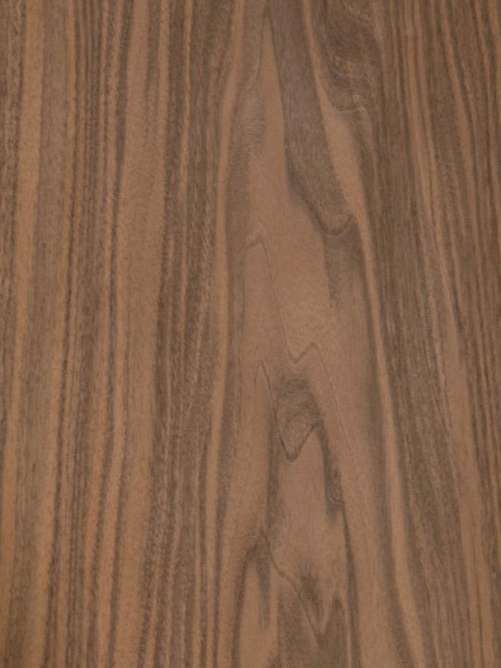 European walnut is among the most popular veneers in the world market. In recent years, severe frost in France damaged a great number of trees, making good European walnut increasingly harder to find and more expensive than its American cousin. A favorite for high-quality architectural woodwork, this veneer has a smooth, even texture and thin, dark, grain markings over a light to dark brown background. Learn About Veneer Cut & Matching
European walnut is among the most popular veneers in the world market. In recent years, severe frost in France damaged a great number of trees, making good European walnut increasingly harder to find and more expensive than its American cousin. A favorite for high-quality architectural woodwork, this veneer has a smooth, even texture and thin, dark, grain markings over a light to dark brown background. Learn About Veneer Cut & Matching -
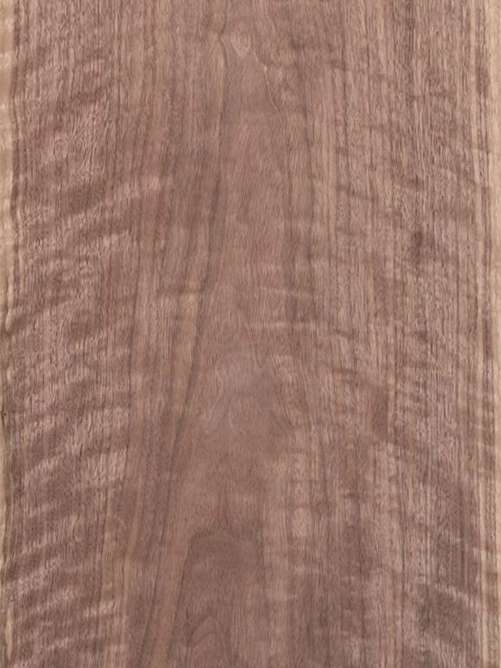 American walnut is the quintessential native hardwood and a hallmark of wood quality and tradition—one of the country’s most versatile, varied, and well-loved veneers. It produces a wider variety of figures than any other wood. Quarter cut veneers have a straight, even grain; flat cut produces a beautiful cathedral pattern. Burled walnut is a rare and exceptional offering—rich and dark with a beautiful swirling grain intermingled with clusters of burl. Also available in recon and rough cut. Learn About Veneer Cut & Matching
American walnut is the quintessential native hardwood and a hallmark of wood quality and tradition—one of the country’s most versatile, varied, and well-loved veneers. It produces a wider variety of figures than any other wood. Quarter cut veneers have a straight, even grain; flat cut produces a beautiful cathedral pattern. Burled walnut is a rare and exceptional offering—rich and dark with a beautiful swirling grain intermingled with clusters of burl. Also available in recon and rough cut. Learn About Veneer Cut & Matching -
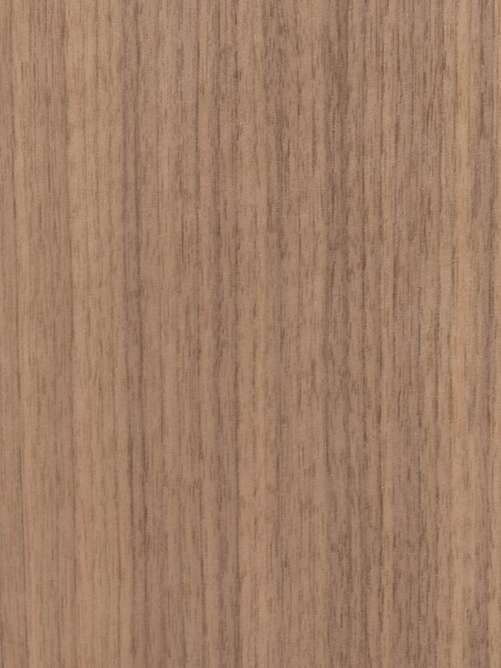 American walnut is the quintessential native hardwood and a hallmark of wood quality and tradition—one of the country’s most versatile, varied, and well-loved veneers. It produces a wider variety of figures than any other wood. Quarter cut veneers have a straight, even grain; flat cut produces a beautiful cathedral pattern. Burled walnut is a rare and exceptional offering—rich and dark with a beautiful swirling grain intermingled with clusters of burl. Also available in recon and rough cut. Learn About Veneer Cut & Matching
American walnut is the quintessential native hardwood and a hallmark of wood quality and tradition—one of the country’s most versatile, varied, and well-loved veneers. It produces a wider variety of figures than any other wood. Quarter cut veneers have a straight, even grain; flat cut produces a beautiful cathedral pattern. Burled walnut is a rare and exceptional offering—rich and dark with a beautiful swirling grain intermingled with clusters of burl. Also available in recon and rough cut. Learn About Veneer Cut & Matching -
 Brookside Veneers, Produced by Alpi Spa. Learn About Veneer Cut & Matching
Brookside Veneers, Produced by Alpi Spa. Learn About Veneer Cut & Matching -
 Brookside Veneers, Produced by Alpi Spa. Learn About Veneer Cut & Matching
Brookside Veneers, Produced by Alpi Spa. Learn About Veneer Cut & Matching -
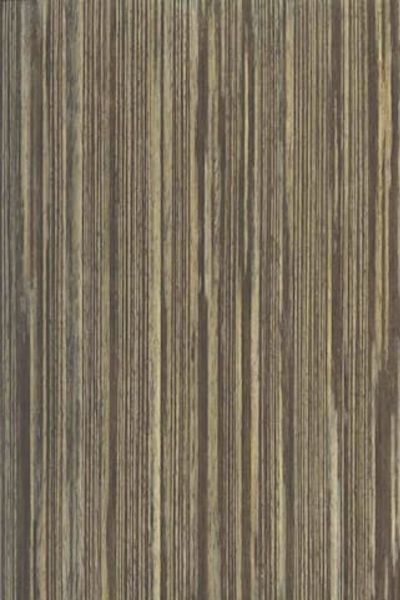 Brookside Veneers, Produced by Alpi Spa. Learn About Veneer Cut & Matching
Brookside Veneers, Produced by Alpi Spa. Learn About Veneer Cut & Matching -
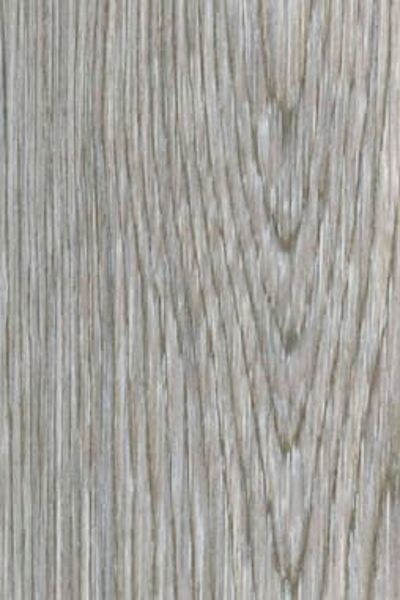 Brookside Veneers, Produced by Alpi Spa. Learn About Veneer Cut & Matching
Brookside Veneers, Produced by Alpi Spa. Learn About Veneer Cut & Matching -
 Teak is among the oldest commercial lumbers and remains a popular wood today, particularly in Asia, the US, and Scandinavia. It ranges in color from straw-colored (which some consider the most desirable) to dark, dusty brown with fine, dark, contrasting stripes. Flat cut, the mineral streaks provide a contrasty grain structure in the cathedral pattern, much like American walnut. Pure golden teak without mineral streaking is available, but rare. Reconstituted teak is a manmade product that provides the beauty of teak with outstanding consistency in color and grain from sheet to sheet. Also available in recon. Learn About Veneer Cut & Matching
Teak is among the oldest commercial lumbers and remains a popular wood today, particularly in Asia, the US, and Scandinavia. It ranges in color from straw-colored (which some consider the most desirable) to dark, dusty brown with fine, dark, contrasting stripes. Flat cut, the mineral streaks provide a contrasty grain structure in the cathedral pattern, much like American walnut. Pure golden teak without mineral streaking is available, but rare. Reconstituted teak is a manmade product that provides the beauty of teak with outstanding consistency in color and grain from sheet to sheet. Also available in recon. Learn About Veneer Cut & Matching -
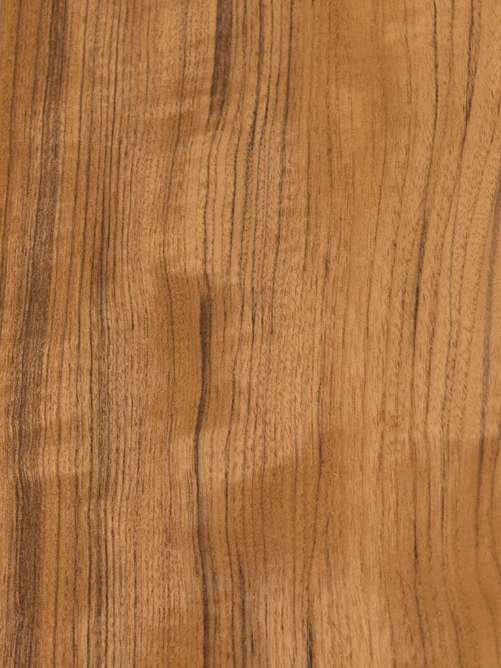 Teak is among the oldest commercial lumbers and remains a popular wood today, particularly in Asia, the US, and Scandinavia. It ranges in color from straw-colored (which some consider the most desirable) to dark, dusty brown with fine, dark, contrasting stripes. Flat cut, the mineral streaks provide a contrasty grain structure in the cathedral pattern, much like American walnut. Pure golden teak without mineral streaking is available, but rare. Reconstituted teak is a manmade product that provides the beauty of teak with outstanding consistency in color and grain from sheet to sheet. Also available in recon. Learn About Veneer Cut & Matching
Teak is among the oldest commercial lumbers and remains a popular wood today, particularly in Asia, the US, and Scandinavia. It ranges in color from straw-colored (which some consider the most desirable) to dark, dusty brown with fine, dark, contrasting stripes. Flat cut, the mineral streaks provide a contrasty grain structure in the cathedral pattern, much like American walnut. Pure golden teak without mineral streaking is available, but rare. Reconstituted teak is a manmade product that provides the beauty of teak with outstanding consistency in color and grain from sheet to sheet. Also available in recon. Learn About Veneer Cut & Matching -
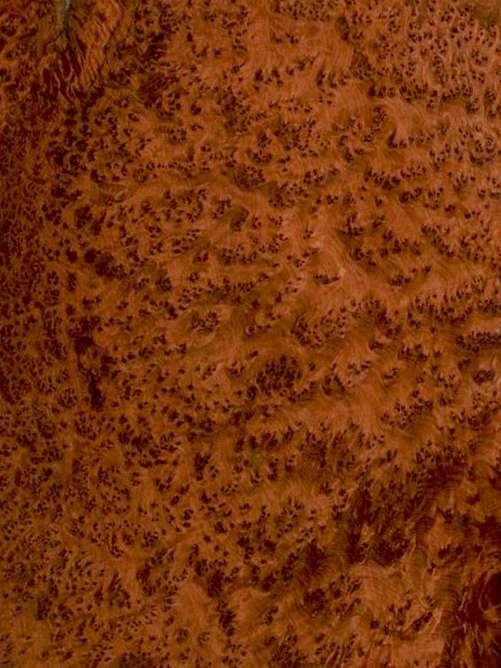 One of the richest, darkest, and most exotically beautiful burls in the world, Roman woodworkers used this precious wood in temples in Biblical times. Today very little thuya is cut for lumber instead, workers dig beneath the ground to harvest the tree’s root burls, which are rotary sliced for the veneer. The aromatic wood varies in color from light tan to deep, rich chocolate brown. The eyes of the figure are typically small and thickly scattered, creating a concentrated burl figure highly sought after for marquetry, custom furniture, and high-end architectural use. Learn About Veneer Cut & Matching
One of the richest, darkest, and most exotically beautiful burls in the world, Roman woodworkers used this precious wood in temples in Biblical times. Today very little thuya is cut for lumber instead, workers dig beneath the ground to harvest the tree’s root burls, which are rotary sliced for the veneer. The aromatic wood varies in color from light tan to deep, rich chocolate brown. The eyes of the figure are typically small and thickly scattered, creating a concentrated burl figure highly sought after for marquetry, custom furniture, and high-end architectural use. Learn About Veneer Cut & Matching -
 This African species is easily recognized by its exotic, tiger-like look—deep reddish-orange with dark stripes that vary from fine lines to heavy, pronounced swatches. Like mahoganies, tigerwood has a lustrous surface, good yields, and is highly adaptable for furniture, cabinetwork, and matched architectural paneling. Learn About Veneer Cut & Matching
This African species is easily recognized by its exotic, tiger-like look—deep reddish-orange with dark stripes that vary from fine lines to heavy, pronounced swatches. Like mahoganies, tigerwood has a lustrous surface, good yields, and is highly adaptable for furniture, cabinetwork, and matched architectural paneling. Learn About Veneer Cut & Matching -
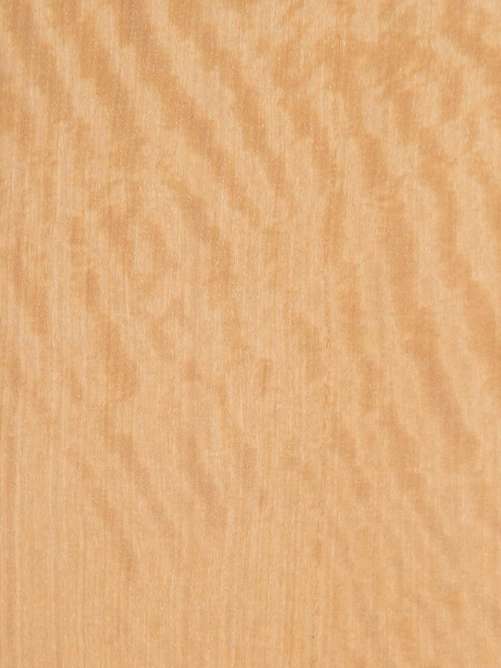 Satinwood is a pale gold wood with a rippled grain and straight striping. Typically figured, Satinwood often produces a bee’s wing or mottle figure. Satinwood is used for decorative inlays on table and conference tops. It is also used for high-quality furniture and cabinets. Select logs are sliced to produce extremely attractive veneers for high-end architectural paneling, cabinets, and marquetry. Learn About Veneer Cut & Matching
Satinwood is a pale gold wood with a rippled grain and straight striping. Typically figured, Satinwood often produces a bee’s wing or mottle figure. Satinwood is used for decorative inlays on table and conference tops. It is also used for high-quality furniture and cabinets. Select logs are sliced to produce extremely attractive veneers for high-end architectural paneling, cabinets, and marquetry. Learn About Veneer Cut & Matching

